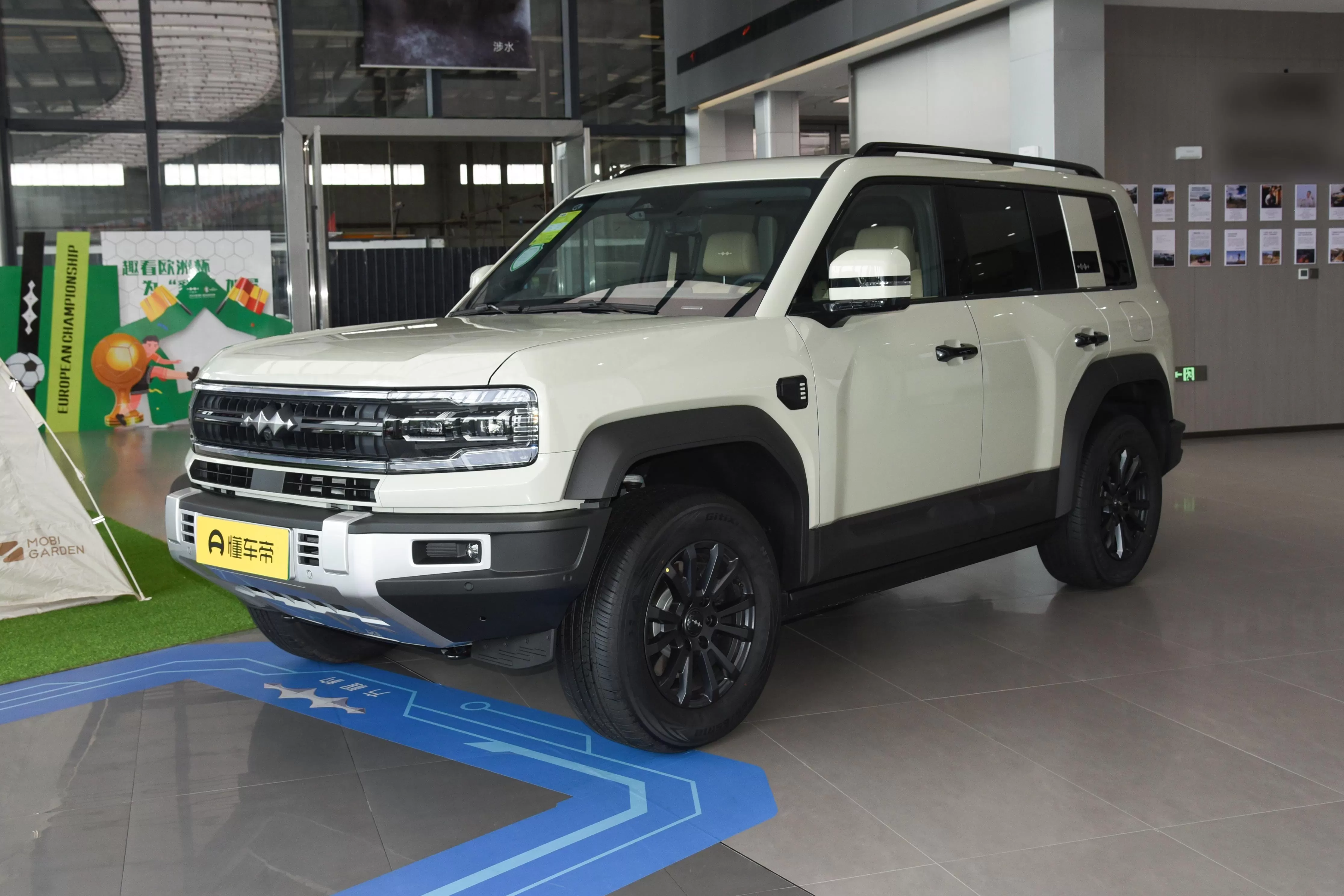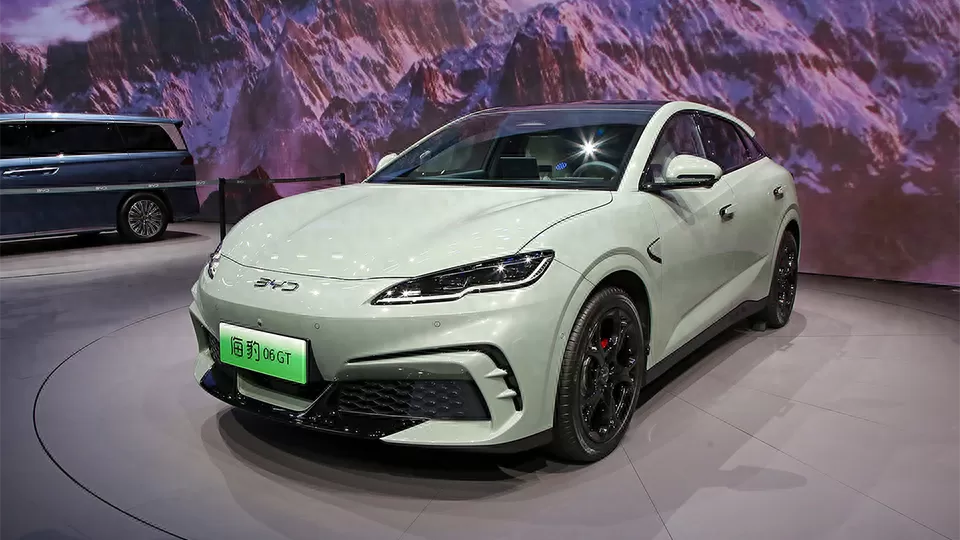In the battle of winter range among electric sedans, the showdown between the Volkswagen ID.3 and BYD Seagull stands out as particularly intriguing. The winter test results from Dongchedi in 2023 offer a clear comparison of their capabilities.
This winter test was conducted in the frigid environment of Mohe, where temperatures can drop as low as -40°C. The extreme conditions provided an excellent opportunity to evaluate the performance of these vehicles in harsh winter scenarios. A total of 53 models participated in the test, including 17 pure electric sedans such as the Volkswagen ID.3. BYD Seagull, Han EV, Ora Lightning Cat, Seal, and Arcfox Alpha S.
Rigorous Testing Standards
Dongchedi employed strict standards and methods for this test. Before testing, each vehicle was fully charged and left overnight. During the test, the cars were loaded to full capacity with one driver and sandbags weighing 60 kg per additional seat. All 17 models started simultaneously under identical weather and road conditions.
The test vehicles were required to operate under the same conditions, with air conditioning set to a uniform temperature. The most economical driving mode was used, and energy recovery was set to the highest level. The test continued until each vehicle was completely out of power, ensuring accurate and objective results.

BYD Seagull Excels in Range Performance
The 2025 BYD Seagull 405KM Flying Edition, with a CLTC range of 405 km, achieved an impressive 90.3% range fulfillment during the winter test in Changchun, covering an actual distance of 347.6 km.
In contrast, the Volkswagen ID.3 underperformed. Despite its 52.8 kWh battery pack, it could not match the range of the BYD Seagull, which has a smaller 38.88 kWh battery. The ID.3 achieved only a 32.67% range fulfillment rate during the Mohe winter test, covering a mere 147 km.
Key Factors Behind the Results
From a configuration perspective, the BYD Seagull comes standard with a heat pump air conditioning system, which consumes less energy during winter heating and minimally affects range. Meanwhile, the Volkswagen ID.3 lacks this feature across all its trims.
The Seagull uses a lithium iron phosphate (LFP) battery, which typically has weaker low-temperature performance compared to ternary lithium batteries. However, BYD’s advanced battery management technology ensures outstanding winter range performance.
The ID.3. equipped with a ternary lithium battery theoretically less affected by low temperatures, surprisingly showed lackluster range performance in real-world conditions.

Power Comparison
In terms of power, the Volkswagen ID.3 boasts a motor producing 170 horsepower and 310 Nm of torque, while the Seagull’s motor delivers 75 horsepower and 135 Nm of torque. This highlights the ID.3’s superior power performance. However, when it comes to the critical metric of winter range, the Seagull outshines its more powerful competitor.
Comprehensive Performance Assessment
Automotive experts note that winter range is a significant challenge for electric sedans. It tests not only battery technology but also thermal management systems and overall vehicle calibration.
The BYD Seagull’s exceptional performance in winter range tests demonstrates its strengths and technical prowess in core EV technologies.
While the Volkswagen ID.3 benefits from the brand recognition of a joint-venture vehicle, it needs improvement in the critical aspect of winter range performance.
Real-World User Feedback
User experiences align with the test results. Drivers of the Seagull have praised its light and agile handling, wide field of view, effective heating, and stable range performance, which meets the needs of daily commutes. On the other hand, ID.3 users have reported significant range reductions in low-temperature environments, increased charging frequency, and inconvenience during long trips.






